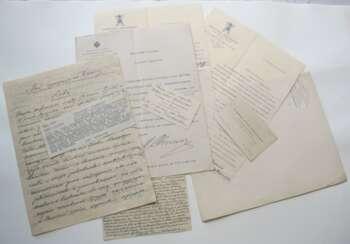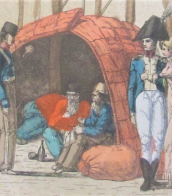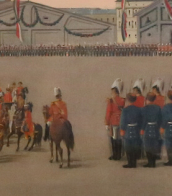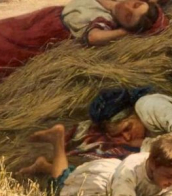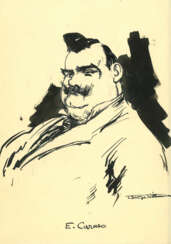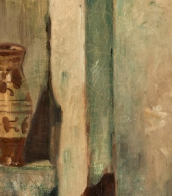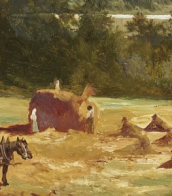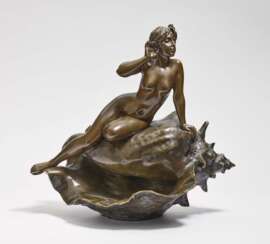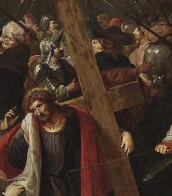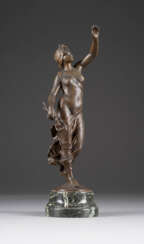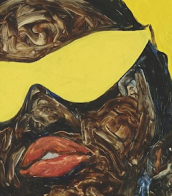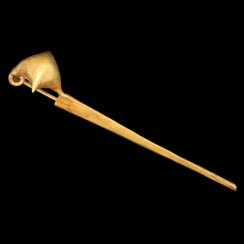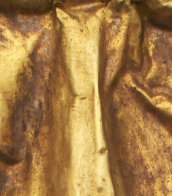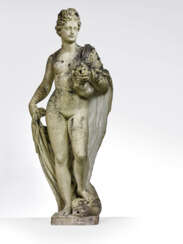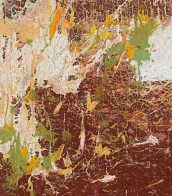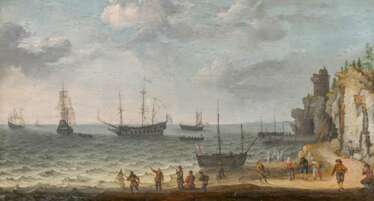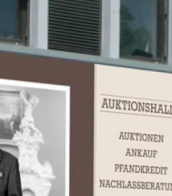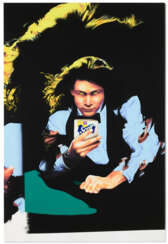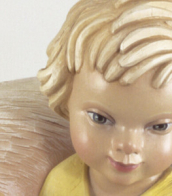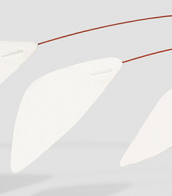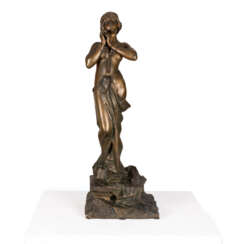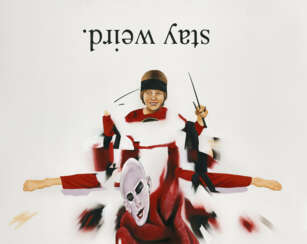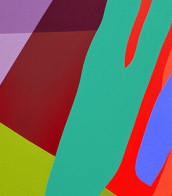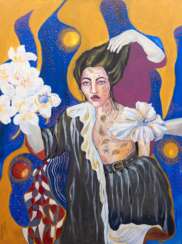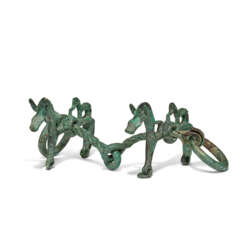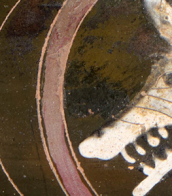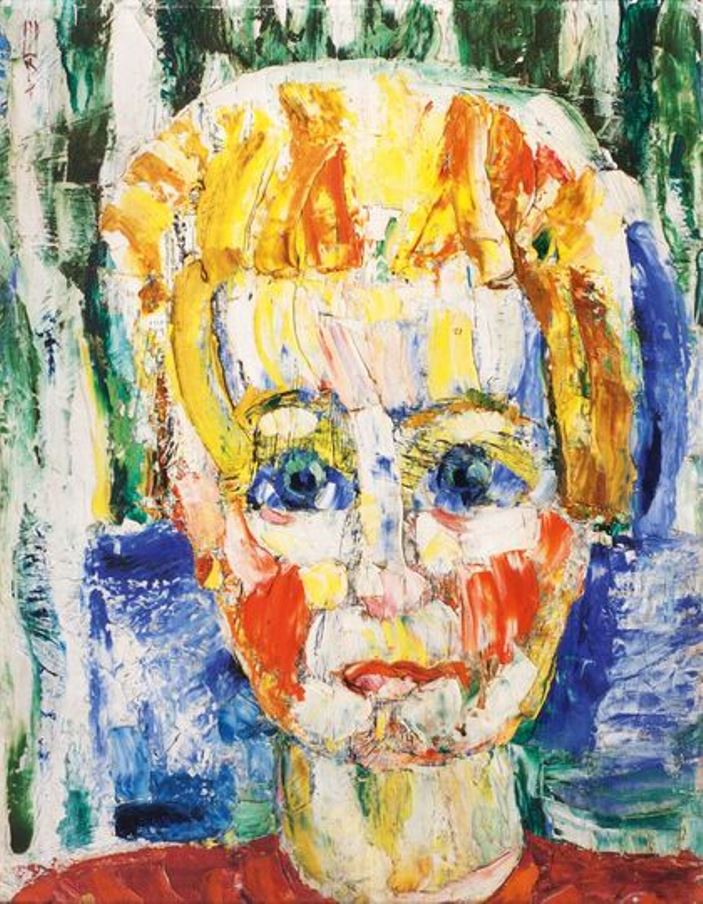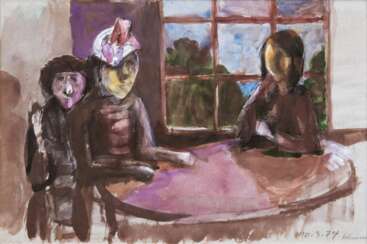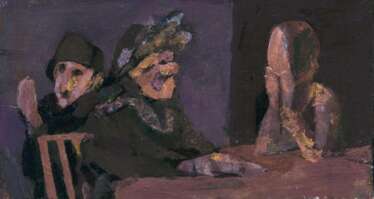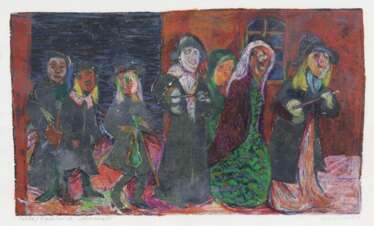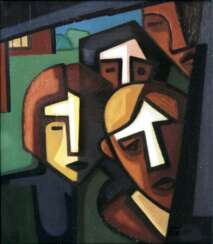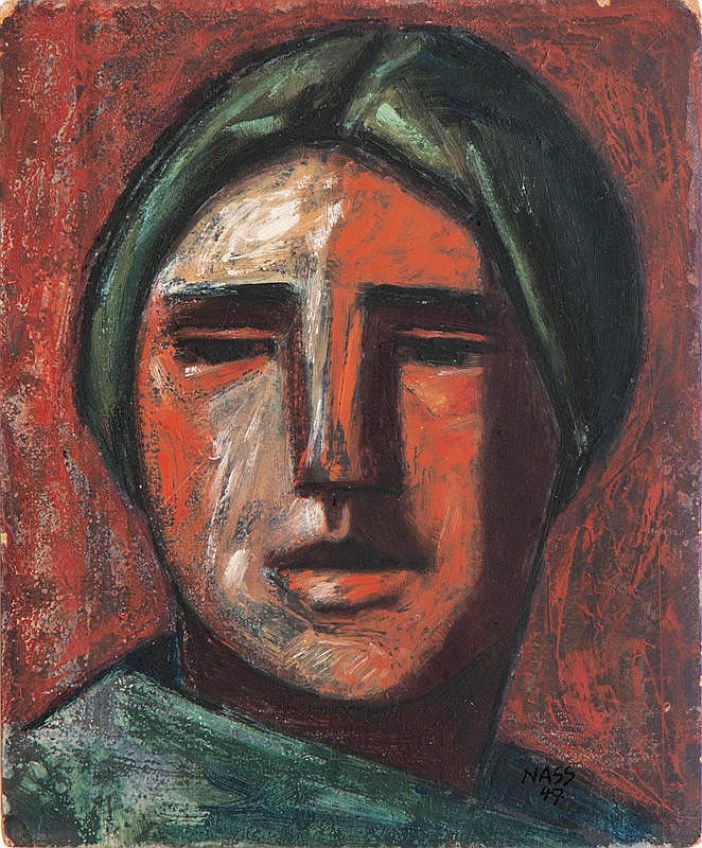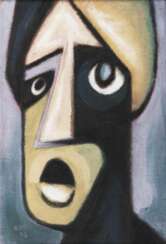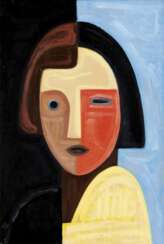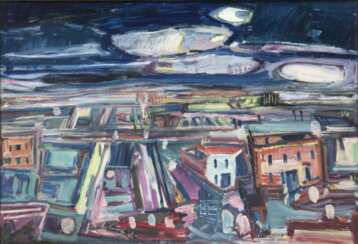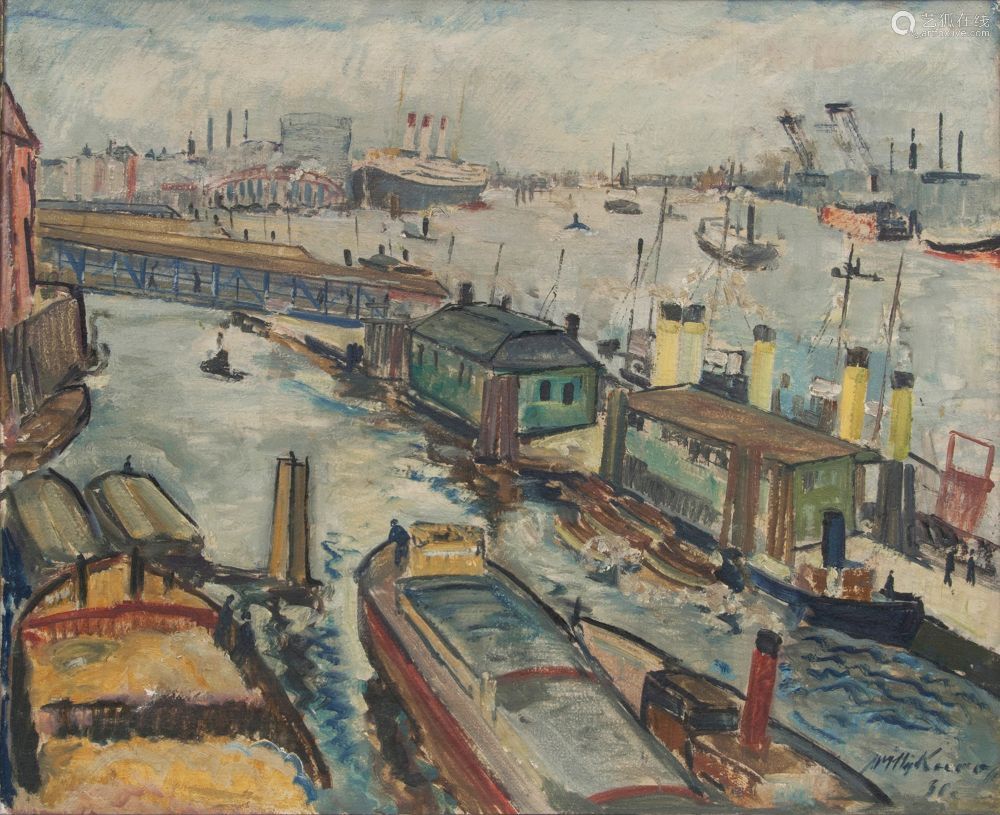вилла
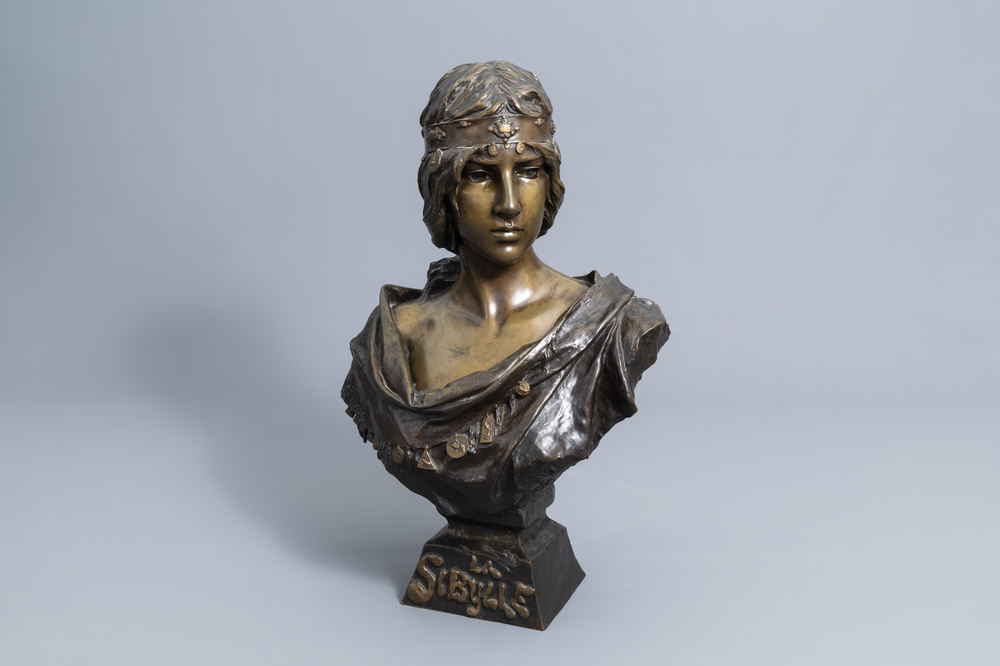
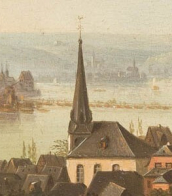

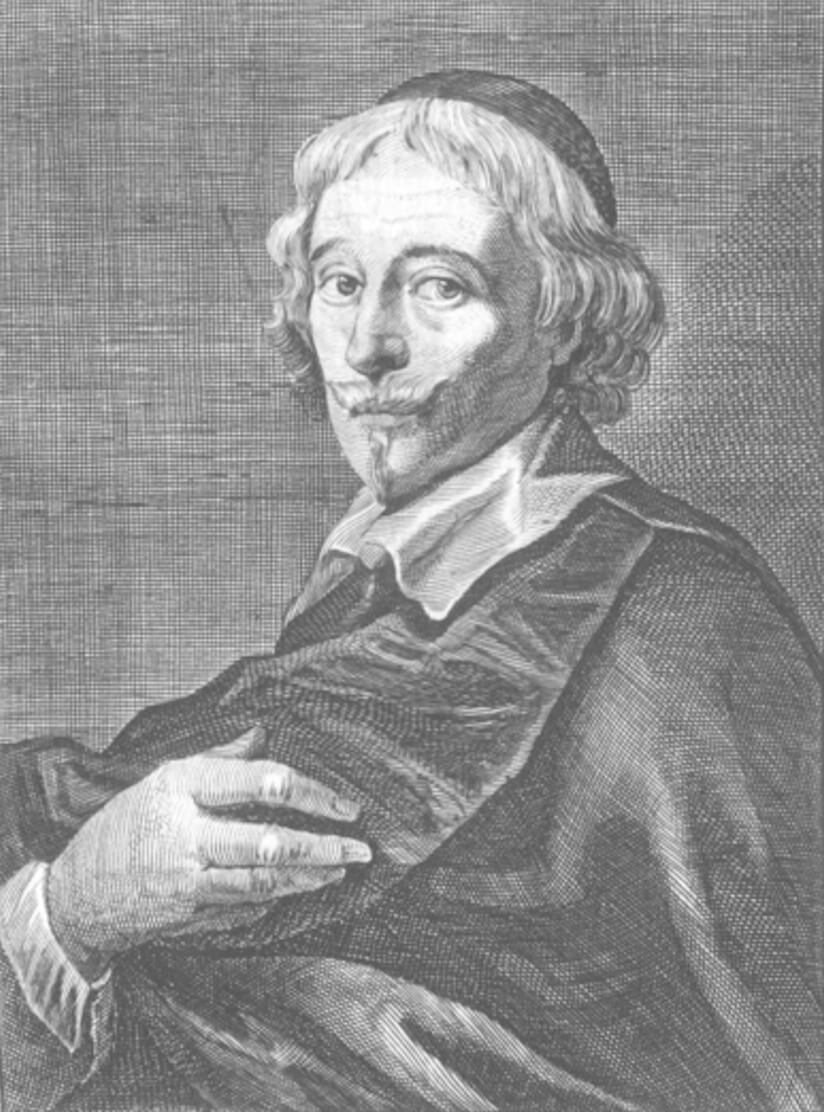
Adam Willaerts was a Dutch marine painter and one of the founders of the Guild of St. Luke of Utrecht. He is known for his paintings of the Navy of the Republic of the United Provinces. He also painted city, sea, and beach scenes and landscapes.




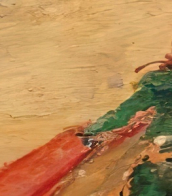
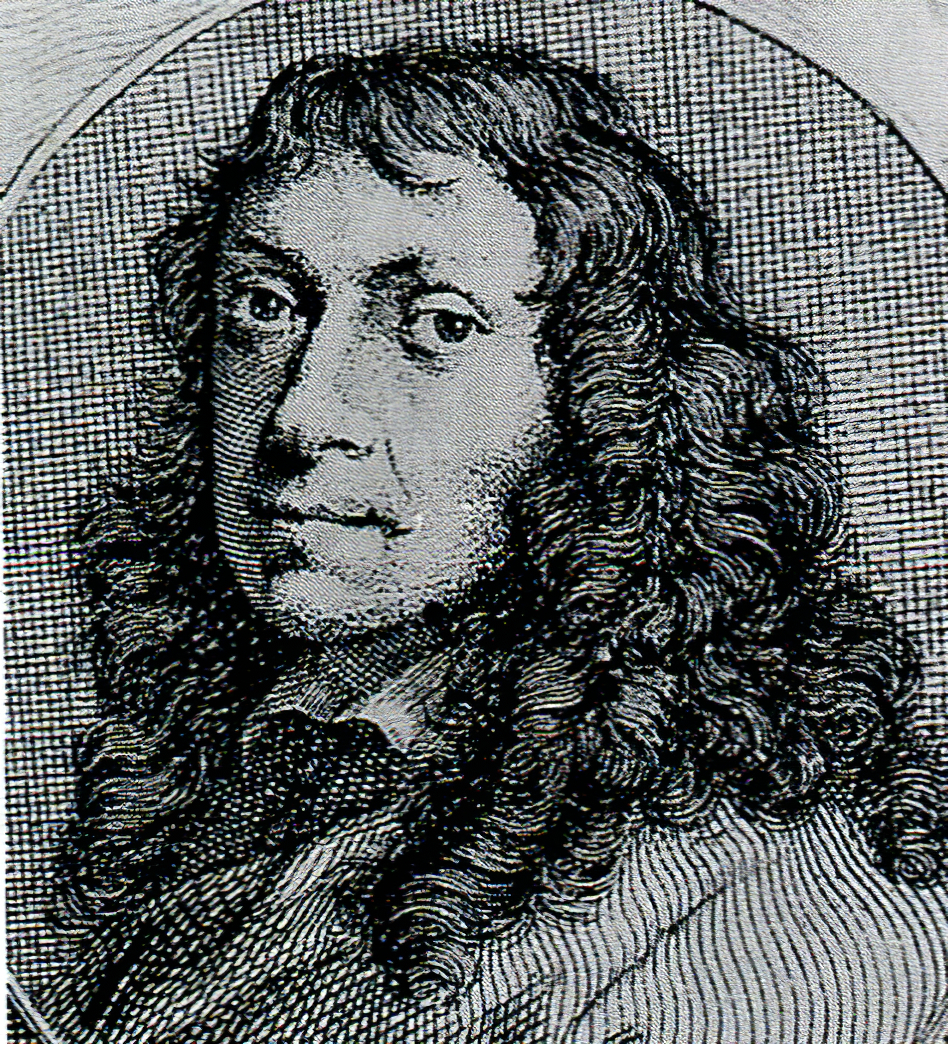
Willem Kalf was one of the most prominent Dutch still-life painters of the 17th century, the Dutch Golden Age.
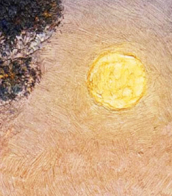
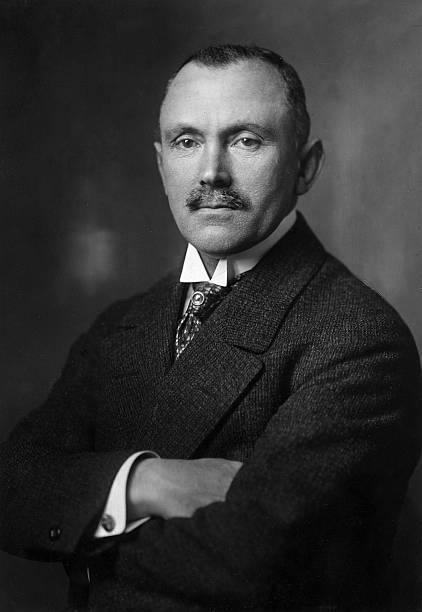
Willy Stöwer was a German artist of the late nineteenth and first third of the twentieth centuries. He is known as a painter and graphic artist, as well as a book illustrator.
Stöwer became famous for his marine paintings and lithographs. He was particularly popular for his graphic work depicting the sinking of the Titanic, created for Die Gartenlaube magazine. Despite some factual errors, this drawing became iconic and was published many times. During his career, from 1892 to 1929, Stöwer illustrated a total of 57 books, creating more than 1,200 black-and-white and color illustrations, as well as commissions for posters, postcards, and advertisements.

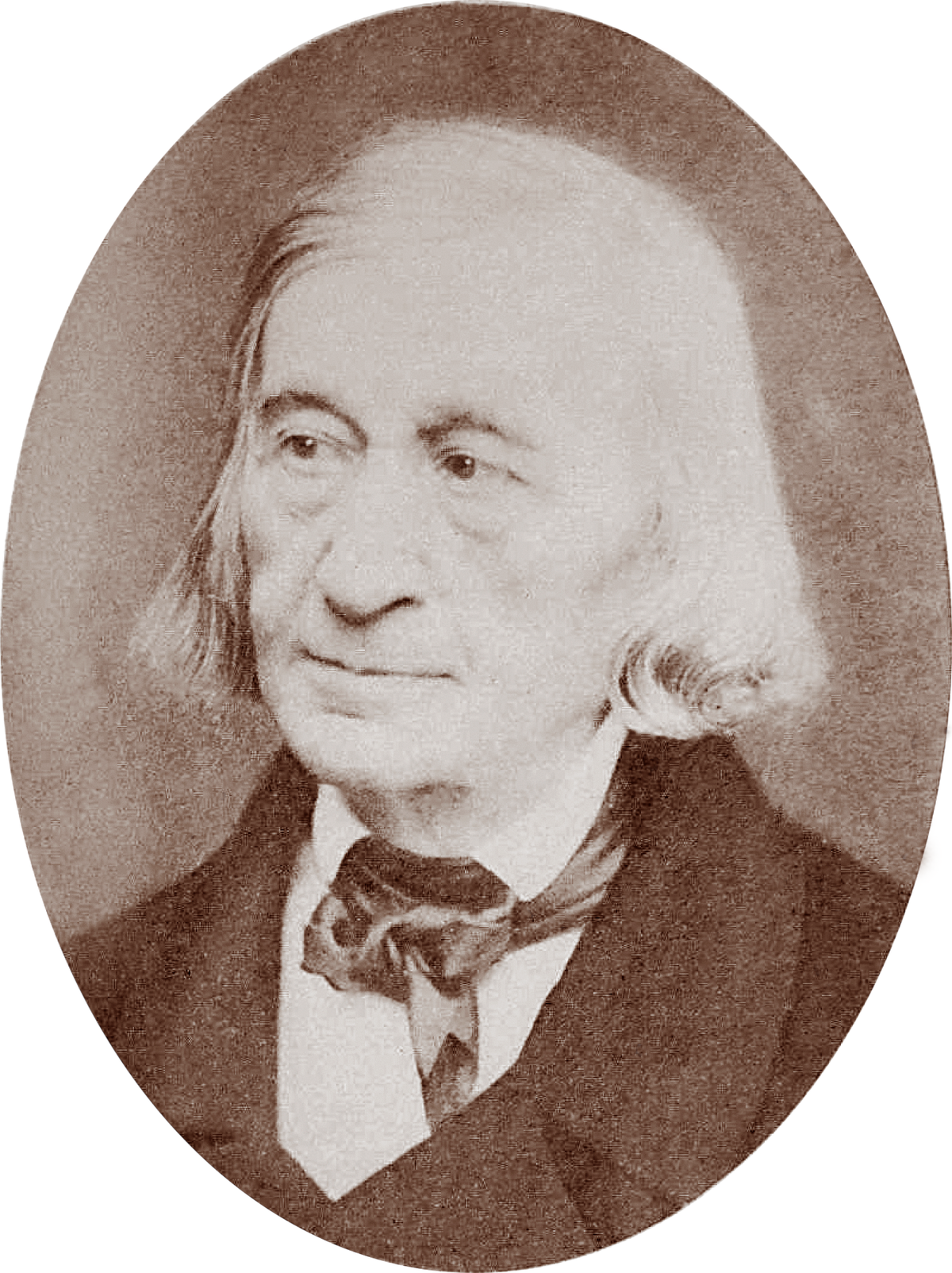
Willem Grimm was a German painter and graphic artist.
Already during his studies he made a name for himself, especially with his experimental graphics. After several guest exhibitions at the Hamburg Secession, he became an official member in 1929/30. In the early 1930s, at the age of 27, he was already one of Hamburg's most important artists.
In addition to classical genres such as portraits, landscapes and still lifes, Grimm worked from 1931 on the Rummelpott-Szenen motif, which in time became characteristic of his work.
The National Socialist repressions affected Willem Grimm less than many of his fellow artists. Still, in 1937 seven of Grimm's works were confiscated from the Kunsthalle Hamburg, the Hamburg Arts and Crafts Museum and the Nissenhaus Husum Museum as part of the "Degenerate Art" campaign and subsequently destroyed.


Willem Grimm was a German painter and graphic artist.
Already during his studies he made a name for himself, especially with his experimental graphics. After several guest exhibitions at the Hamburg Secession, he became an official member in 1929/30. In the early 1930s, at the age of 27, he was already one of Hamburg's most important artists.
In addition to classical genres such as portraits, landscapes and still lifes, Grimm worked from 1931 on the Rummelpott-Szenen motif, which in time became characteristic of his work.
The National Socialist repressions affected Willem Grimm less than many of his fellow artists. Still, in 1937 seven of Grimm's works were confiscated from the Kunsthalle Hamburg, the Hamburg Arts and Crafts Museum and the Nissenhaus Husum Museum as part of the "Degenerate Art" campaign and subsequently destroyed.


Willem Grimm was a German painter and graphic artist.
Already during his studies he made a name for himself, especially with his experimental graphics. After several guest exhibitions at the Hamburg Secession, he became an official member in 1929/30. In the early 1930s, at the age of 27, he was already one of Hamburg's most important artists.
In addition to classical genres such as portraits, landscapes and still lifes, Grimm worked from 1931 on the Rummelpott-Szenen motif, which in time became characteristic of his work.
The National Socialist repressions affected Willem Grimm less than many of his fellow artists. Still, in 1937 seven of Grimm's works were confiscated from the Kunsthalle Hamburg, the Hamburg Arts and Crafts Museum and the Nissenhaus Husum Museum as part of the "Degenerate Art" campaign and subsequently destroyed.


Willem Grimm was a German painter and graphic artist.
Already during his studies he made a name for himself, especially with his experimental graphics. After several guest exhibitions at the Hamburg Secession, he became an official member in 1929/30. In the early 1930s, at the age of 27, he was already one of Hamburg's most important artists.
In addition to classical genres such as portraits, landscapes and still lifes, Grimm worked from 1931 on the Rummelpott-Szenen motif, which in time became characteristic of his work.
The National Socialist repressions affected Willem Grimm less than many of his fellow artists. Still, in 1937 seven of Grimm's works were confiscated from the Kunsthalle Hamburg, the Hamburg Arts and Crafts Museum and the Nissenhaus Husum Museum as part of the "Degenerate Art" campaign and subsequently destroyed.

